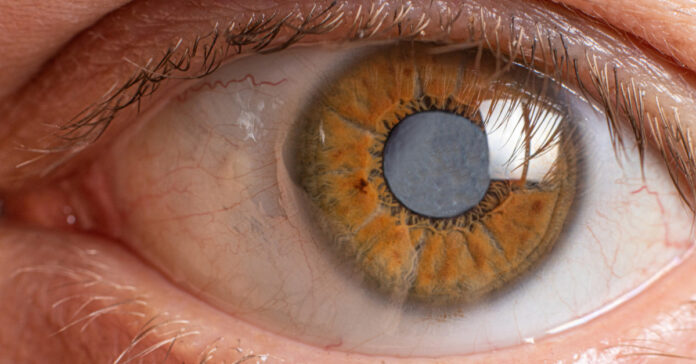Cataracts affect millions of people worldwide, yet misconceptions about this common eye condition persist. These myths can prevent people from seeking appropriate care or cause unnecessary worry about treatment outcomes. Here is more information on widespread myths about cataracts and provides factual information about treatment options to help you make informed decisions about eye health:
Cataracts Only Affect Elderly People
Many people believe cataracts exclusively develop in older adults. While age-related cataracts are the most common type, affecting people typically over 60, they can develop at any age. Congenital cataracts occur in newborns and infants, affecting approximately 1 in 5,000 births. These cataracts may result from genetic factors, infections during pregnancy, or metabolic disorders.
Secondary cataracts can develop in younger adults due to diabetes, eye injuries, prolonged steroid use, or previous eye surgeries. Traumatic cataracts can form after eye injuries from sports, accidents, or workplace incidents. UV exposure, smoking, and certain medications can also accelerate cataract formation in younger individuals. Regular eye examinations help detect them early, regardless of age.
Surgery is the Only Treatment Option
The belief that surgery represents the sole treatment for cataracts creates unnecessary anxiety for many patients. While surgery remains the most effective treatment for advanced cataracts, other management strategies exist for early-stage issues. Non-surgical approaches can help manage mild cataracts and improve vision temporarily. Updated prescription glasses or contact lenses may compensate for vision changes in the early stages.
Brighter lighting can improve vision quality for daily activities. Some patients benefit from dilating eye drops that temporarily enlarge the pupil, allowing more light to reach the retina. Lifestyle modifications, including wearing sunglasses with UV protection and maintaining good nutrition, may slow cataract progression.
Surgery becomes necessary when they significantly impair daily activities such as driving, reading, or working. Modern cataract surgery involves removing the clouded lens and replacing it with an artificial intraocular lens. This outpatient procedure typically takes 15-30 minutes and has high success rates.
Cataract Surgery is Dangerous
Fear of surgical complications and lengthy recovery periods prevents many people from pursuing cataract surgery when needed. Modern cataract surgery is one of the safest and most successful procedures in medicine. The surgery uses advanced techniques such as phacoemulsification, where ultrasound waves break up the clouded lens for easy removal through a small incision.
Serious complications occur in less than 1% of cases. Minor side effects may include temporary eye irritation, mild discomfort, or light sensitivity, which typically resolve within a few days. The risk of infection is extremely low with proper post-operative care. Recovery time is much shorter than many people expect. Most patients return to normal activities within a few days, though complete healing takes 4-6 weeks.
Post-operative care involves using prescribed eye drops and attending follow-up appointments. Patients should avoid heavy lifting, swimming, and rubbing their eyes during the initial healing period. The artificial lens implanted during surgery is permanent and does not require replacement.
Find Retina Specialists
Cataracts are a common, treatable condition that affects people of all ages. While surgery remains the most effective treatment for advanced cataracts, early-stage cataracts can be managed through various non-surgical approaches. Modern cataract surgery is safe, quick, and offers excellent outcomes with minimal recovery time. Regular eye examinations allow for early detection and monitoring of cataracts. Discussing symptoms and concerns with an eye care professional helps determine the most appropriate treatment timing and approach.

